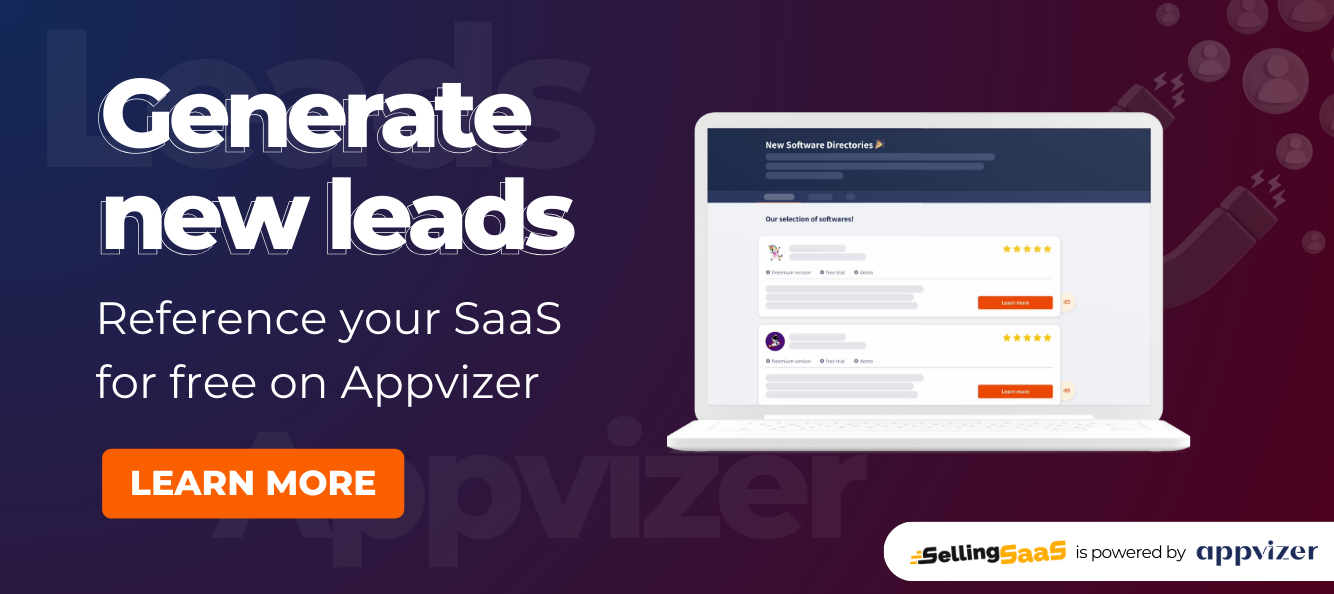In the dynamic landscape of SaaS sales, a well-oiled sales workflow isn’t just a nice-to-have; it’s the backbone of every successful sales department. Imagine it as a finely tuned orchestra where each instrument plays a critical role in creating a harmonious symphony. If even one instrument is out of tune, the entire performance is compromised. Similarly, in sales, if one part of the workflow falters, it can throw off the entire sales cycle.
Optimizing your sales workflow is about creating a seamless journey not just for your sales team but also for the prospect. It’s about ensuring that each interaction is purposeful, each follow-up is timely, and each close is almost inevitable. But how do we achieve this level of precision? It starts with a deep dive into the current state of your workflow, a fearless dissection of its parts, and a willingness to reinvent.
In this article, we will guide you through a detailed blueprint to structure a sales workflow that closes deals faster, fosters productivity, and scales alongside your business growth.
The Starting Point: Understanding Your Current Sales Workflow
Analyzing Your Current Sales Process
Begin by mapping out your current sales process in its entirety. This map should include every step from lead generation to deal closure. Detail out the actions taken at each stage, the tools utilized, and the team members involved. This visualization serves as your baseline.
Key Questions to Address:
- How are leads currently being generated?
- What methods are used to contact leads, and how effective are they?
- At what stage are most leads lost, and why?
- How long does each stage of the sales process typically take?
- What are the common objections encountered, and how are they handled?
Identifying Strengths and Weaknesses
With your sales process mapped, conduct an honest assessment. Identify which parts of your sales process are performing well. Maybe your lead generation is strong, or your closing techniques are effective. Conversely, pinpoint the areas that are lacking. Perhaps your qualification criteria are too vague or your follow-ups are sporadic.
Action Items:
- Gather feedback from the sales team about what they feel works and what doesn’t.
- Analyze sales data to identify patterns – both positive and negative.
- Consider conducting a win/loss analysis on recent deals.
The Role of Customer Journey in Shaping the Sales Workflow
Understanding the customer journey is critical to optimizing your sales workflow. Each customer interaction should be deliberate and build upon the last. Your sales process should mirror the stages that your customers go through, anticipating their needs and concerns at each point.
Considerations for Mapping:
- What are the touchpoints where customers interact with your brand?
- How does each touchpoint influence their decision-making process?
- Are there gaps in the journey where customers are left without guidance?
With a thorough understanding of your current sales process, strengths, weaknesses, and the customer journey, you’re now equipped to begin the optimization process.
Now, Let’s proceed to outline the key components of an effective sales workflow.
1. Prospecting and Lead Generation
The first stage involves identifying potential customers or leads. Your sales team needs tools and strategies that can help them find and attract individuals who are most likely to buy your product or service. This can include content marketing, social media advertising, networking events, and more. Efficiency in this stage sets the tone for the rest of the sales process.
Optimization Tips:
– Introduce automation tools for routine prospecting tasks.
– Leverage social media and other digital platforms to widen your lead generation net.
– Regularly refine your Ideal Customer Profile (ICP) to ensure high-quality leads.
2. Lead Qualification
Once leads are generated, it’s crucial to assess their potential value to your business. This involves distinguishing between those who are likely to purchase from those who are not a fit for your product or service. Effective qualification criteria can save your sales team valuable time and resources.
Optimization Tips:
– Implement a scoring system to prioritize high-potential leads.
– Use a combination of lead intelligence and direct interaction to assess lead readiness.
– Align your qualification criteria with the customer journey.
3. Initial Contact and Lead Nurturing
The initial contact with a lead is critical. Whether it’s an email, a phone call, or a direct message, this interaction sets the stage for the relationship. Lead nurturing involves educating and adding value to leads over time, gradually moving them down the sales funnel.
Optimization Tips:
– Customize communication to address the specific needs and interests of each lead.
– Utilize CRM tools to track interactions and preferences.
– Develop a content strategy that supports lead nurturing efforts.
4. Solution Presentation and Handling Objections
In this stage, your sales team presents your product or service as the solution to the lead’s problem. This includes demonstrations, proposals, and discussions about the value you provide. Handling objections effectively is also crucial, as it can make or break the deal.
Optimization Tips:
– Ensure your sales team is well-trained on product knowledge and sales tactics.
– Prepare for common objections and develop responses that highlight benefits.
– Make use of case studies and testimonials to build credibility.
5. Closing the Deal
The closing stage should be the natural outcome of a well-managed sales process. This involves negotiations, finalizing terms, and ultimately, securing the sale. A streamlined closing process increases the likelihood of success.
Optimization Tips:
– Develop a clear process for final negotiations and approvals.
– Maintain momentum by following up promptly and addressing last-minute concerns.
– Use digital tools to simplify the signing and onboarding process.
6. Post-Sale Follow-up and Relationship Building
After closing a sale, the focus shifts to fulfilling the promises made during the selling process and ensuring customer satisfaction. This stage is critical for building long-term relationships and generating repeat business or referrals.
Optimization Tips:
– Implement a structured process for gathering customer feedback.
– Stay in touch with customers through regular check-ins and updates.
– Create a customer success team dedicated to supporting and upselling current customers.
Continuous Improvement
Finally, an optimized sales workflow is not static; it requires continuous evaluation and adaptation. As market conditions change and new tools become available, you should be ready to fine-tune your approach.
Optimization Tips:
– Regularly review sales metrics and performance against goals.
– Stay informed about new sales technologies and methodologies.
– Encourage feedback from the sales team and customers to identify areas for improvement.
By systematically addressing each of these components, you can create a sales workflow that not only boosts efficiency and productivity but also aligns with your customers’ journey, resulting in higher conversion rates and sustained business growth. Remember, optimization is an ongoing process, demanding a commitment to excellence and adaptability at every stage.


